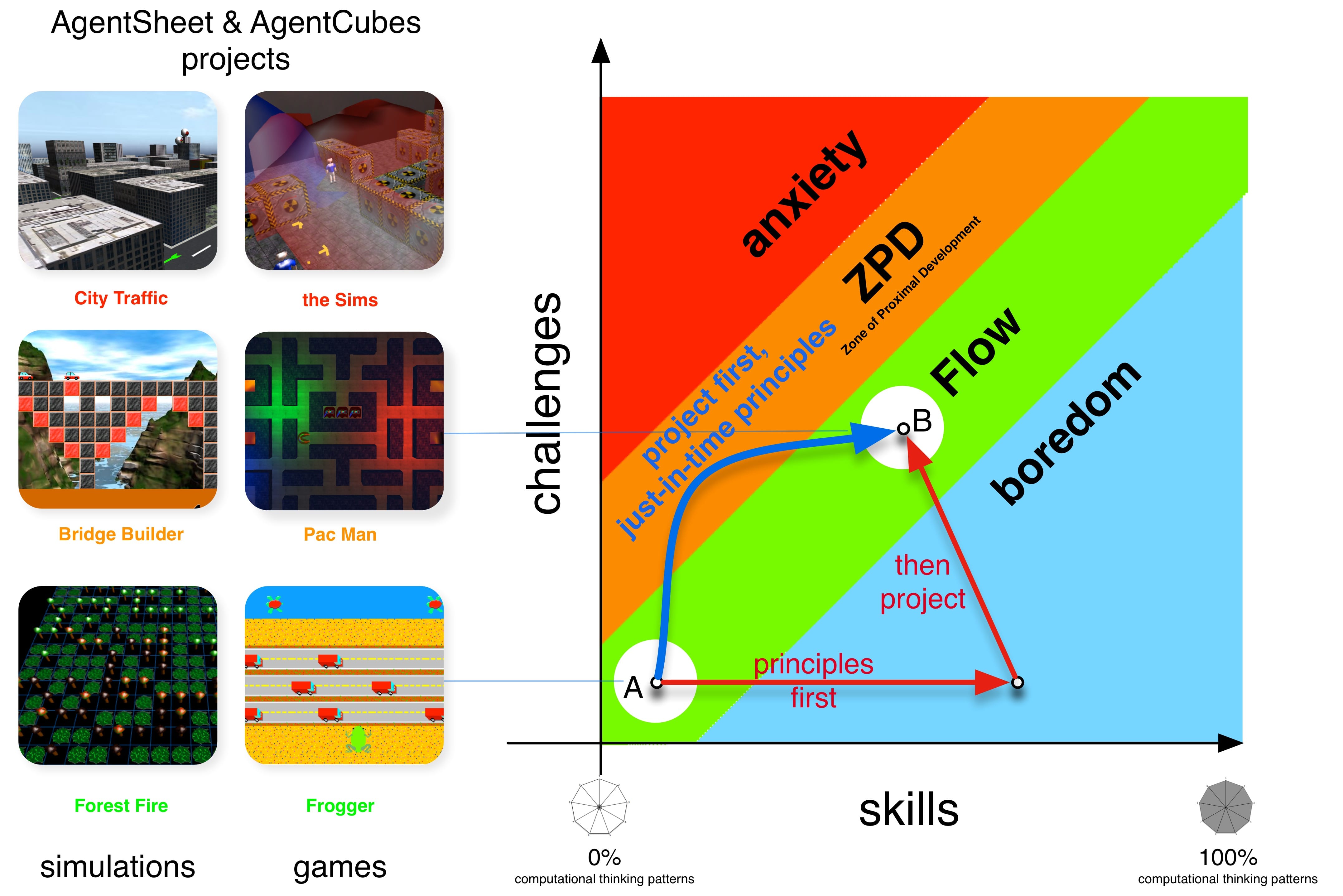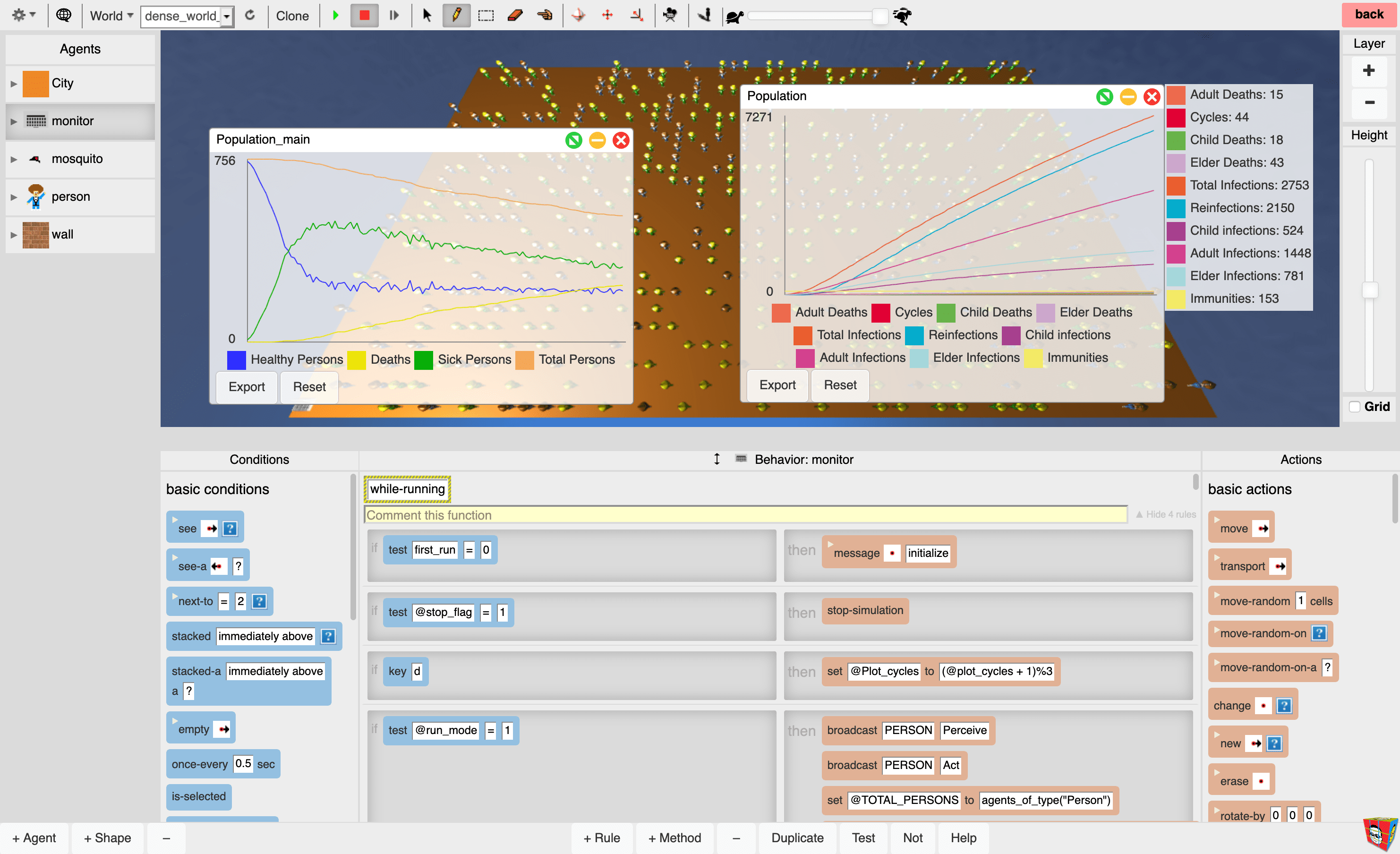Coding Games for Critical Thinking Skills
Have you ever thought about what goes into creating a video game? While the end result might look simple enough, what you play is actually a major amalgamation of coding. Everything from the way the grass rustles to how shadows are created and what characters look like is created because someone knew how to tell a computer how to generate the images you see.
Critical Thinking Skills in Programming?

Critical thinking is crucial to this process. Programmers must think about all aspects of a situation that will influence their game or program. Critical thinking is one of those essential skills that we all need, regardless of what we set out to do. And in programming, it is of the utmost importance. When children learn to code, they have to start putting critical thinking to the test, and that requires them to consider everything. They can't leave any stones unturned. They have to be willing to study to get the information that they put to the test. Children learn to look at a problem they encounter and then break it down to allow for further analysis.
Can Coding Improve my Kids Critical Thinking?
Coding requires more than just thinking critically; it also puts it into practice. The more that children begin to code, the more they have to think critically, and the more they think critically, the better they get at it as well. And, one of the best parts of coding is that with this critical thinking, anything can be the right answer if it makes sense. There are always many different right answers you can choose from when trying to solve a problem. In fact, a little creativity in coding can go a long way.

Creating and coding a game requires a perfect combination of both creativity and logic as an entire world is created with its own rules, physics, and options. It can be as complex or as simple as the programmer wants it to be. Creativity helps you to come up with the concepts and logic and critical thinking helps to bring them to fruition. First, the programmer decides what kind of game to make and how it'll work. What do the graphics look like? What is the environment? Conceptualizing your game requires you to start looking at how to translate the story and images in your mind into a game environment. How will it look? What objects does the world need to be interacted with for the gameplay? How do those objects usually interact together in person and what can you do to make that translate into a game? These questions require more critical thinking to answer.
How can I improve my child’s critical thinking?
If your child is interested in getting into coding, beginners are recommended to start with simple introductions. Your child's first game may be something along the lines of Frogger-- you can jump in four directions with simple obstacles coming across the screen to get around. This is a simple game, but despite that, your child will have to think critically about many different aspects. As they create their games, they get to see the behaviors they program into their character. They get to observe what works and what needs to be tweaked to change it. Their critical thinking requires them to analyze the problems they identify so they can begin reflecting on changes that may help them solve whichever complications they encounter. They then must think critically to determine the best way to proceed. And, as your child becomes more competent and confident, they can start making their games more complex. That advanced coding can always be added in after the initial creation of the game.
Creativity and Critical Thinking in Simulations
AgentCubes gives kids the tools to start recognizing how vital critical thinking is in programming and in real-world situations as well. Complex programming can create real-life simulations, such as creating those for the COVID-19 pandemic, forest fires, or even creating a simple version of the game of life. With both creative and critical thinking, just about anything can be made.

Before COVID-19 came along, we saw many different simulations for how infections would spread. They simulated what would happen if there were a virus spreading across populations and what could be done to prevent or combat it. The newest popular infection spread simulation is those that provide insight into the COVID-19 pandemic. To create a COVID-19 pandemic simulation, teachers and students both must conceptualize the problem, analyze the potential limitations of the simulation, make decisions about which kinds of parameters will be used and adapted, reflect upon those decisions, choose out which data will be essential, and finally, evaluate the created data while being able to effectively communicate the data results. All of this requires a massive amount of critical thinking. Every single time you address a complication or try to create a program or simulation, you are actively engaging in critical thinking exercises. Of course, everything involved in programming still requires nearly endless amounts of creativity to allow for so many different scenarios to be played out.
AgentCubes also commonly creates a forest fire simulation. These help to simulate the ways fires spread throughout a forest. They allow for students to begin studying and understanding how fire spreads, how likely the fires are to be fueled further, and what the chances are of them spreading in the first place. Creating these programs requires a few key considerations. Children need to think about how fires move so they can then begin thinking about how fires can be simulated. They need to research why fires spread and how various factors can all play out, changing the situation. While trees commonly fuel fire, the wind can help to propel it as well. Children must consider how fast the fires may spread with wind included, or whether the fire will burn all trees. What if there are gaps between the trees? Will all trees burn readily? How will rain influence it? All sorts of different factors will influence the outcome and when children are programming, they have to consider all of them, putting that critical thinking to work.